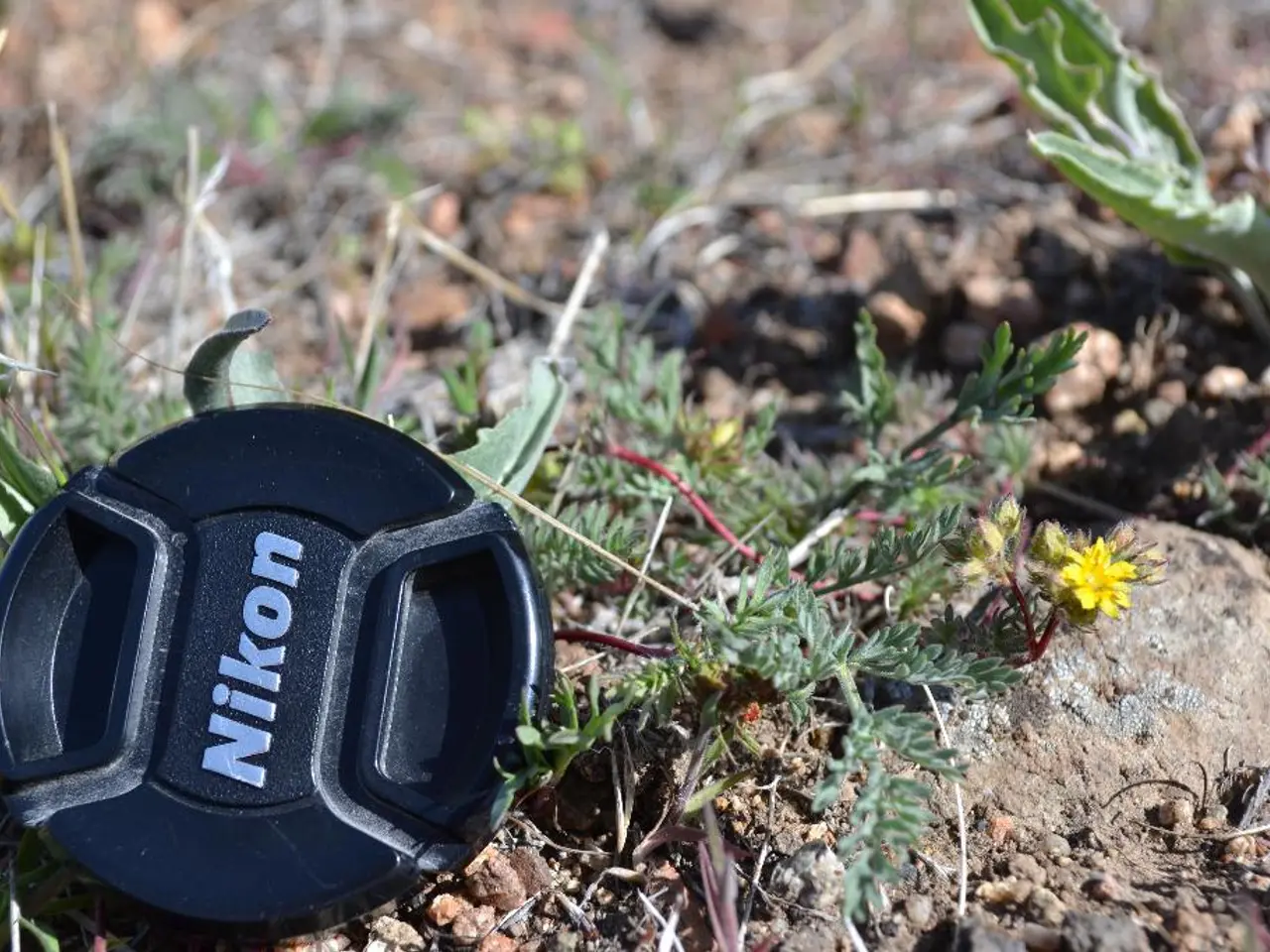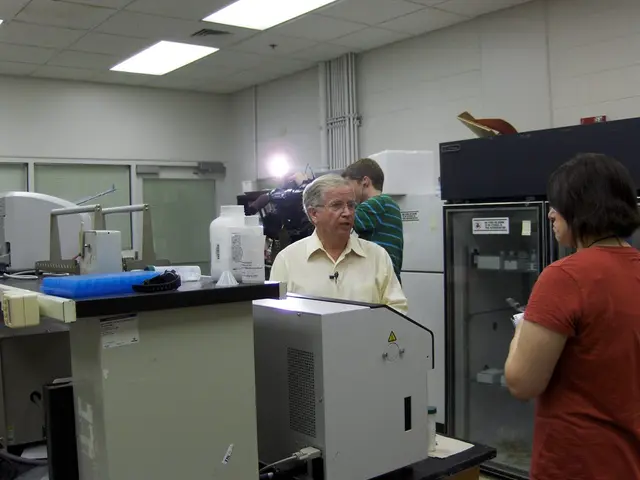Sugar's Role in a Vibrant and Healthy Lawn Discussed by a Former Scientist and Long-term Gardener
The Sugar Lawn Hack, a popular gardening technique, suggests using plain white table sugar to maintain a lush lawn. However, it's essential to understand that this method is not a standalone natural lawn care solution.
Fungus is more likely to be an issue in lawns or areas of lawns that get more shade than sunlight. This is where the potential risks of the sugar lawn hack come into play. Sugar, when applied to the lawn, can promote fungal growth, which can quickly become a problem for grass health. This fungal growth occurs because sugar serves as a food source for fungi, which thrive under conditions supported by excess sugar.
Grass does not directly use applied sugar like it would use fertilizer; instead, sugar feeds the microbes in the soil. When boosted by sugar, these microbes break down organic matter, making nutrients more available to the grass, acting as an indirect form of lawn fertilizer. However, it's crucial to note that sugar is not a fertilizer substitute and will not supply your grass with all the necessary nutrients. It should be used as a supplement to fertilizer, not a replacement.
The sugar lawn hack is thought to help remove thatch by promoting a robust microbe population that breaks down the thatch more quickly. It's also believed to support strong grass growth, allowing the grass to outcompete weeds. Additionally, the sugar lawn hack can boost microbial activity and create a healthy, nutrient-cycling soil environment that supports grass over weeds.
While the sugar lawn hack can be effective when used correctly, it's not a quick fix or a miracle answer that will transform a poorly growing lawn into a lush oasis. Other natural lawn care hacks focus on proper watering, mowing, aeration, and use of organic mulches rather than sugar applications.
When applying sugar to the lawn, using a broadcast spreader can be simple and effective. Approximately 5 pounds (2.26 kg) of white table sugar should be applied per 1000 square feet (92.9 m) of lawn. As a precaution, watering the lawn after applying sugar helps it soak into the soil where microbes can access it.
For those concerned about fungal growth, sugar-based lawn fertilizers that include molasses to feed soil microbes are available as an alternative to using white table sugar. Another option is to use a 2-in-1 fungicide and fertilizer, such as the one from Scotts on Amazon, to help prevent fungal issues.
In conclusion, the sugar lawn hack can be a useful supplement to regular fertilization, but it's important to remember that it should not replace proper fertilization practices. Regular watering, mowing, aeration, and the use of organic mulches, in combination with the sugar lawn hack, can contribute to a healthier, more lush lawn.
Sources:
- The Sugar Lawn Hack: Does it Really Work?
- The Sugar Lawn Hack: A Closer Look
- The Sugar Lawn Hack: A Comprehensive Guide
- The Sugar Lawn Hack: Benefits and Risks
- Mary Ellen Ellis - Gardening expert with degrees in Chemistry and Biology, specializing in flowers, native plants, and herbs. She has been gardening for over 20 years.
Home-and-garden enthusiasts might find the sugar lawn hack useful, as it's a popular technique for maintaining a lush lawn, especially when combined with proper watering, mowing, aeration, and the use of organic mulches. However, it's crucial to be cautious with the sugar lawn hack, as it can promote fungal growth, which can adversely affect grass health, especially in shady areas where fungi thrive.





